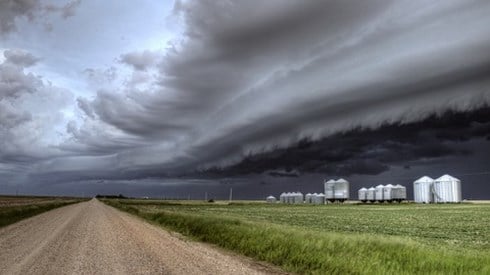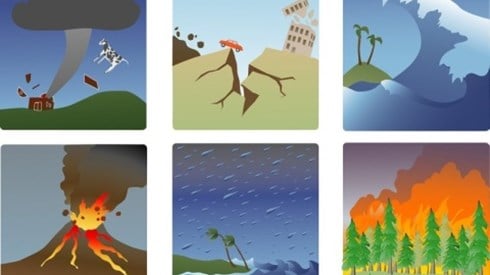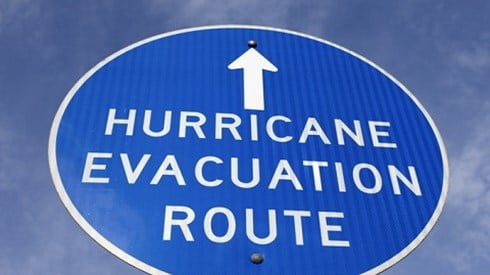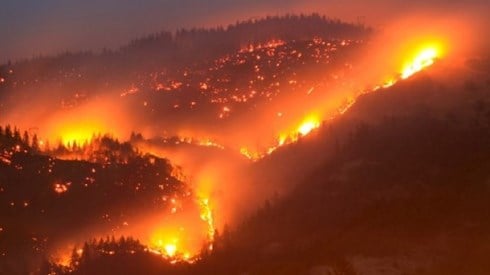First Half's $68 Billion in Natural Disaster Losses Below Average

July 28, 2020

Natural disasters caused approximately $68 billion in losses during the first half of 2020, slightly below the inflation-adjusted 30-year average of $74 billion, according to Munich Re.
Insured losses, at $27 billion, were above the average of $20 billion due to the large proportion of North American weather disaster losses, the reinsurer reported. First-half natural disasters were responsible for some 2,900 deaths.
North America was responsible for 47 percent of overall losses during the year's first 6 months and 82 percent of insured losses, Munich Re said. Both figures were above the long-term averages of 35 percent and 60 percent, respectively. Losses from natural disasters in Europe and the Asia-Pacific region were below long-term averages.
Severe thunderstorms with tornadoes, flash floods, and hail in North America resulted in eight events with billion-dollar losses, according to Munich Re.
One of the first half's largest thunderstorm outbreaks occurred over Easter weekend when a strong frontal system over the southeastern United States produced dozens of tornadic thunderstorms and hailstones the size of tennis balls, Munich Re said. In total, 140 tornadoes were recorded in 10 states, with 3 reaching EF4 intensity, the second-highest rating, with winds up to 186 miles per hour.
The strongest tornado in Mississippi's history was part of the Easter weekend outbreak. In total, the severe storms resulting from the outbreak caused overall losses of $3.4 billion, of which $2.6 billion was insured, Munich Re said. The storms also caused 38 deaths.
Cyclone Amphan in India was the costliest natural disaster of the first half, causing $11.5 billion in losses. Some 135 people died while several million were evacuated.
Munich Re noted that an above-average hurricane season is possible during the second half of 2020. La Niña conditions expected to develop could not only result in a more intense Atlantic hurricane season but also lead to a more extreme California wildfire season, the reinsurer said.
"There is always the chance of a benign wildfire and/or hurricane season," Mark Bove, natural catastrophe solutions manager at Munich Re America, said in a statement. "But since background conditions indicate the potential for a more active wildfire season in California and elevated hurricane activity in the Atlantic, it is more important than ever to be well prepared to protect vulnerable populations, especially given the current pandemic situation."
July 28, 2020


